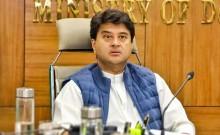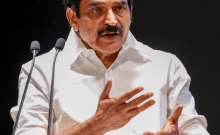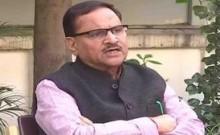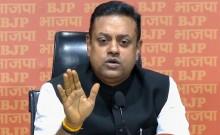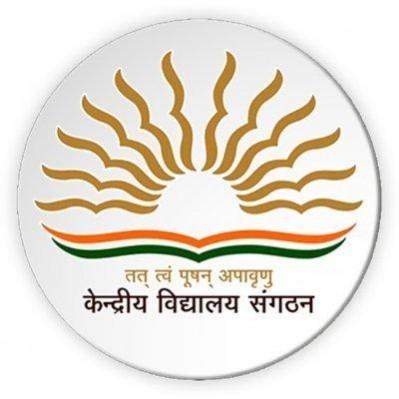
In a landmark decision aimed at enhancing educational infrastructure, the Cabinet Committee on Economic Affairs, led by Prime Minister Narendra Modi, has sanctioned the establishment of 57 new Kendriya Vidyalayas (KVs) across the nation. This initiative, announced on October 1, 2025, is designed to meet the educational needs of the children of Central government employees, with a substantial financial commitment exceeding Rs 5,862 crore. The funding is planned to be distributed over a nine-year period starting from the fiscal year 2026-27.
The financial plan for this initiative includes a capital expenditure of approximately Rs 2,585.52 crore and an operational expenditure of around Rs 3,277.03 crore. This allocation underscores the government's dedication to providing high-quality education to the children of its employees, ensuring they have access to consistent and standardized educational facilities, irrespective of their parents' postings. The initiative is part of a broader strategy to address the growing demand for KVs across the country.
A significant aspect of this initiative is its focus on inclusivity and regional balance. Among the 57 new KVs, 20 are slated to be established in districts that currently lack such institutions, despite having a significant population of Central government employees. This move aims to bridge the educational gap in these areas, providing much-needed access to quality education. Additionally, 14 KVs are planned for Aspirational districts, which are regions identified by the government for focused development efforts.
Strategic Expansion and Employment Opportunities
Furthermore, four KVs will be set up in districts affected by left-wing extremism, and five will be located in the North Eastern Region (NER) and hilly areas, reflecting a comprehensive approach to educational expansion. The proposal for these new KVs is part of a broader strategy to meet the high demand for such institutions across the country. This demand is driven by the need to provide a uniform standard of education to the children of transferable and non-transferable Central government employees, including those in the Defence and Paramilitary forces.
The Kendriya Vidyalaya scheme, which was first approved in November 1962, has been instrumental in achieving this goal. The scheme led to the establishment of the "Central Schools Organisation" as a unit of the Ministry of Education, tasked with overseeing the operation of these schools. As of now, there are 1,288 functional KVs, including three international branches in Moscow, Kathmandu, and Tehran. These schools collectively cater to approximately 13.62 lakh students, as of June 30.
The addition of 57 new KVs is expected to benefit an estimated 86,640 students, further expanding the reach and impact of this educational network. The administrative framework for these new KVs will adhere to the established norms for running a full-fledged Kendriya Vidyalaya, which typically accommodates around 1,520 students. This expansion will also create significant employment opportunities, with each KV providing direct permanent employment to 81 individuals.

Aligning with National Education Policy 2020
Consequently, the approval of 57 new KVs will result in the creation of 4,617 direct permanent jobs. Moreover, the construction and development activities associated with these new schools are anticipated to generate additional employment opportunities for both skilled and unskilled workers. The decision to establish these new KVs is part of an ongoing process, with the Ministry of Education and the Kendriya Vidyalaya Sangathan (KVS) regularly receiving proposals from various sponsoring authorities, including Central Government Ministries, Departments, and State/UT authorities.
These proposals are carefully evaluated and sponsored by the relevant authorities to ensure that the new KVs are established in areas where they are most needed. In addition to addressing the immediate educational needs of Central government employees' children, the new KVs are also aligned with the objectives of the National Education Policy (NEP) 2020. For the first time, these 57 KVs will include Balvatikas, which are three-year foundational stage programs for pre-primary education.
This inclusion marks a significant step towards implementing the NEP 2020's vision of providing a strong foundation for early childhood education. The Kendriya Vidyalayas have long been affiliated with the Central Board of Secondary Education (CBSE), offering a bilingual medium of instruction in both English and Hindi. This approach ensures that students receive a consistent and high-quality education, regardless of their linguistic background.














